Search engine optimization (SEO) is essential for website owners as it helps position their sites online. By following the best practices of SEO, not only will your website become more attractive to search engines, but it will also make you more visible to your target audience. So, how are “Alt Tags” beneficial to SEO?
First, we define what an “alt tag” is. Also referred to as “alt text,” an “alt tag” is an alternative text that text-based web user agents use. This alt attribute, which is used in HTML and XHTML documents, is a requirement for the image tags (“img tag”). It serves as an alternative for non-visual web browsers so that when these browsers come across images, the alternative text is displayed instead. This means that even if they do not see the image on the page, they can still recognize the text-based equivalent to the picture. Why is this important? Your webpage will still be registered and indexed based on the provided information. Simply put, alt tags are what search engines use in order to understand images.
If your website has a lot of images that search engine crawlers fail to pick up and index, your website could suffer in search engine rankings. You should not let your site go down simply because the search engines can’t understand your content, which is why you should learn to use alt tags and be able to use them effectively for SEO purposes.
Alt Tags and SEO
Adding an alt text is simple. Use the alt attribute on your image and just input text that is relevant to the image and to your content as a whole. For example, if you have a picture of preserved jams, this is what the attribute should look like:
<img src=”preservedjams.jpg” alt=”Preserved Fruit Jams” />
Keep your alt tags brief and concise. You can play between five (5) to fifteen (15) words. Writing long alternative texts will make it difficult for text browsers to read. Remember that page load times matter – so browsers prefer smaller pages that download faster. Keeping these alternative texts shorter also keeps your pages smaller.
However, do not be so brief that you lose the context or that it becomes confusing and your audience will not understand what you are trying to show them. If you have an image of a cupcake, you can input “red velvet cupcake” instead of just “cupcake”. It provides a clearer version of your image but don’t go overboard by describing every inch of that sweet treat.
Also, make sure to insert some of your keywords where they are relevant and meaningful with the image descriptions, but don’t use more than one in the alt text. Search engines can actually detect keyword spamming and you may be penalized for that.
Using an alt attribute in your image tags is actually one of the simplest methods to make your site more accessible to search engines. The images on your website can promote and enhance your keywords and help boost your search engine rankings. If your alt texts are written correctly and effectively, your chances of good website optimization will greatly improve.
Images can actually generate a lot of traffic from search engines that are image-based, such as Google Images. By optimizing your website’s images, you can tap on this traffic and use it to your advantage.
















